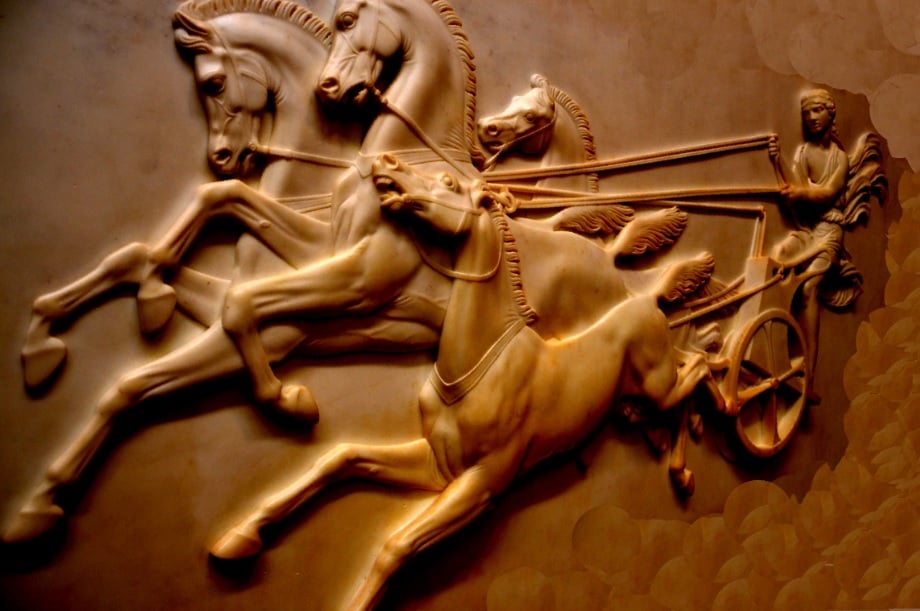Symbol and source of inspiration in art
[ad_1]
A new art and science exhibition entitled “HORSE: The Horse in Ancient Athens” opens on January 20th at the American School of Classical Studies.
The exhibition examines both relics and artifacts of horses from ancient Greece – including preserved horse skeletons – as well as the horse’s status as a symbol and source of inspiration in ancient art and culture.
ASCSA said in a statement that the exhibition is intended not only for experts and art lovers, but also for the general public, trying to articulate the wide range of meanings the horse had for ancient Athens.

“Starting January 20th, the school’s Makriyannis Wing will host an exciting new art and science exhibitionthat until the end of April. Under the title “Hippos: The Horse in Ancient Athens”, this exhibition focuses on the important role science plays in our understanding of the past.
A well-preserved antique horse skeleton from the Phaleron cemetery is on display for the first time. It was created by Dr. Flint Dibble, an employee of the Malcolm H. Wiener Laboratory, will be examined and presented along with its archaeological context and zoological data. This exhibition will highlight the American School’s unique collaboration with the Ephorate of Piraeus and Islands for the conservation and study of the osteological material from the Phaleron Cemetery. “
“HORSE: The Horse in Ancient Athens” deals with the ancient meaning of a complex animal
ASCSA stated that while horses were an integral part of the daily reality of the Athenians, they were also a popular motif in their art, having appeared in media as diverse as marble reliefs, ceramic vases and silver coins.
“Horses have been depicted in all forms of ancient Greek art and the exhibition features a variety of antiques from Greece and abroad, such as marble reliefs, ceramic vases and silver coins, from the protogeometric (1050-900 BC) (330-30 BC). Chr.). These works of art, particularly Attic painted vases, illustrate the ancient Athenians’ obsession with horse breeding and horse racing.
“The excavations at the Athens Agora have produced much evidence of the organization and important role of the Athenian equestrian corps, the Hippeis, in the form of inscriptions, tokens and cavalry monuments. One of the highlights of the exhibition, shown for the first time in Greece, is the loan of the life-size Hellenistic bronze horse head, which once belonged to Lorenzo the Magnificent, from the Florence Archaeological Museum. “
The exhibition will include a supporting program, including weekly tours for students, hosted by Eleni Gizas, Museum Fellow of the Steinmetz Family Foundation of ASCSA. The exhibition, which also includes wall texts specially written for children and a children’s book by ASCSA director Professor Jenifer Neils.
[ad_2]


Comments are closed.